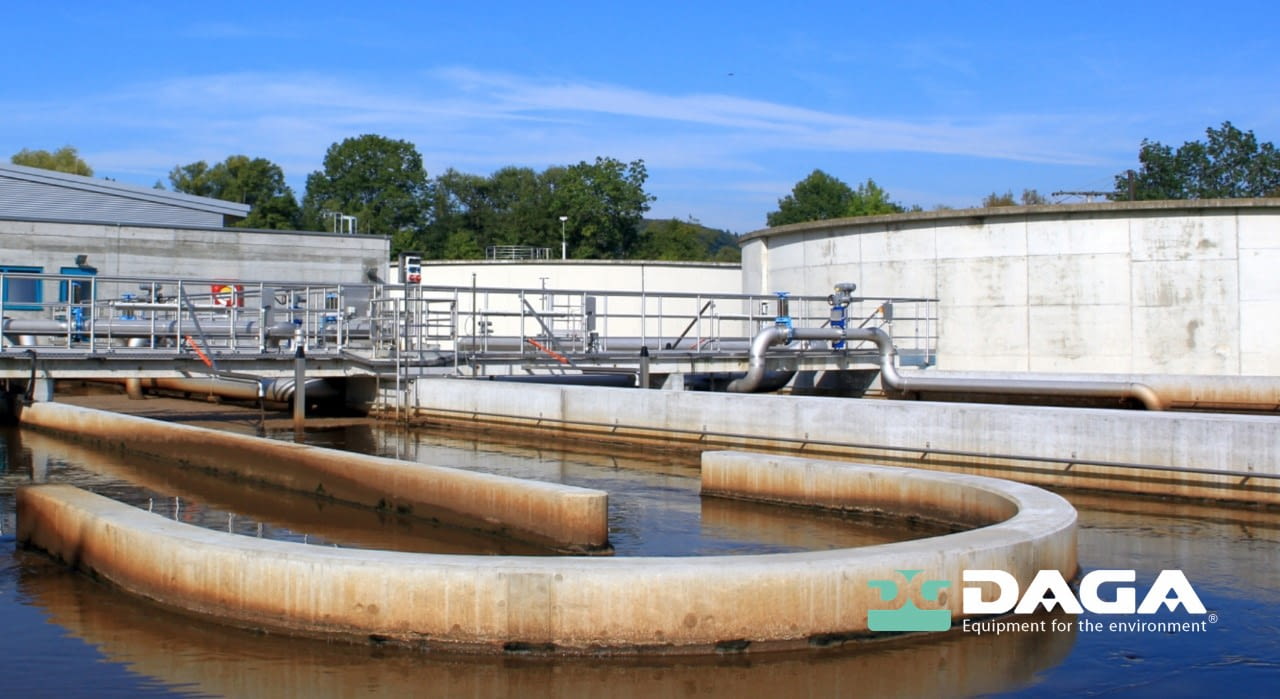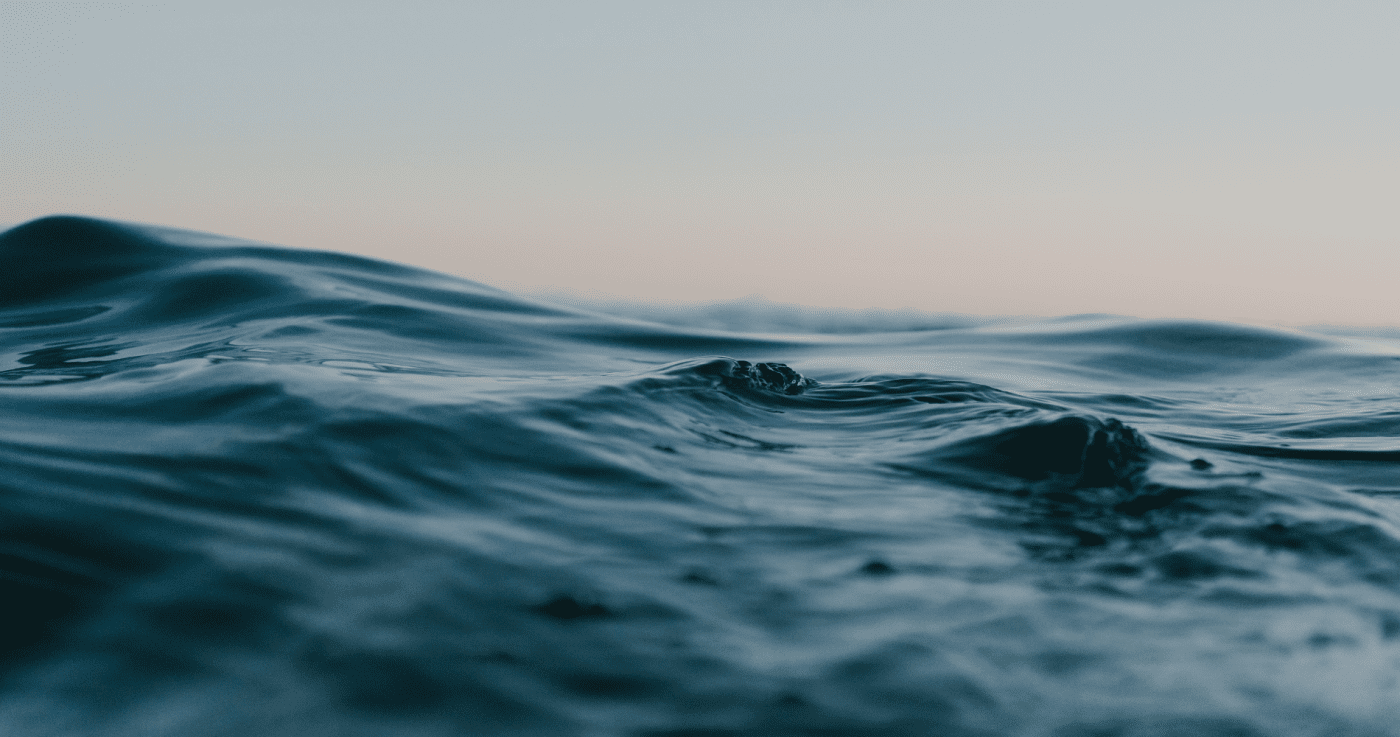
Water is an essential resource for sustaining human life and for achieving many of today's productive processes. Sometimes, water is considered a renewable resource, but the true reality is that if we do not take care of it as we should, water could become a non-renewable resource. Avoiding its contamination is one of the objectives that we pursue and that we can achieve through purification treatments. Today we want to talk more in detail about secondary treatment in wastewater, which allows us to protect the environment and people's health.
Objective
The main objective, also called biological treatment, is the reduction of DB05 and COD and the steps that this process follows are:
- Transform and dissolve biodegradable components into acceptable end products.
- Capture and incorporate non-sedimentable colloidal solids into a biological flocculus.
- Transform or remove nutrients such as nitrogen and phosphorus.
Secondary wastewater treatment
Wastewater reaches secondary treatment after completing primary treatment. Once it has reached this point, there are various processes to carry out this treatment. The choice of one process or another depends on different factors such as:
- The treatment flow rate.
- The concentration of pollutants.
- The type of pollutants.
- The climatology of the place where the WWTP is located.
- The continuity of the raw water supply.
Some of the most common processes
Activated sludge: It has a low construction cost, occupies a small surface area, provides good sludge stabilization, produces a relatively low odor and removes a high percentage of BOD5.
Biofilter: It has low construction costs, does not require an external oxygen supply, and does not have complex electrical systems.
Oxidation ponds: Oxidation ponds are frequently used in wastewater treatment in small towns. They have low electrical consumption and degrade nitrogen and phosphorus.
Rotating biological contactors: They require a little surface area for installation, have low energy consumption, the operation is simple and less costly than the other systems described, have a low noise level due to the low installed power and maintain good performance in cold climates because they are covered and maintain the temperature of the wastewater.
DAGA, specialized in water purification and treatment systems
At DAGA we work to achieve the best wastewater treatment by betting on innovation and processes that respect the environment, as well as ensure public health.
If you are interested in knowing more about water treatment you can visit our blog.


